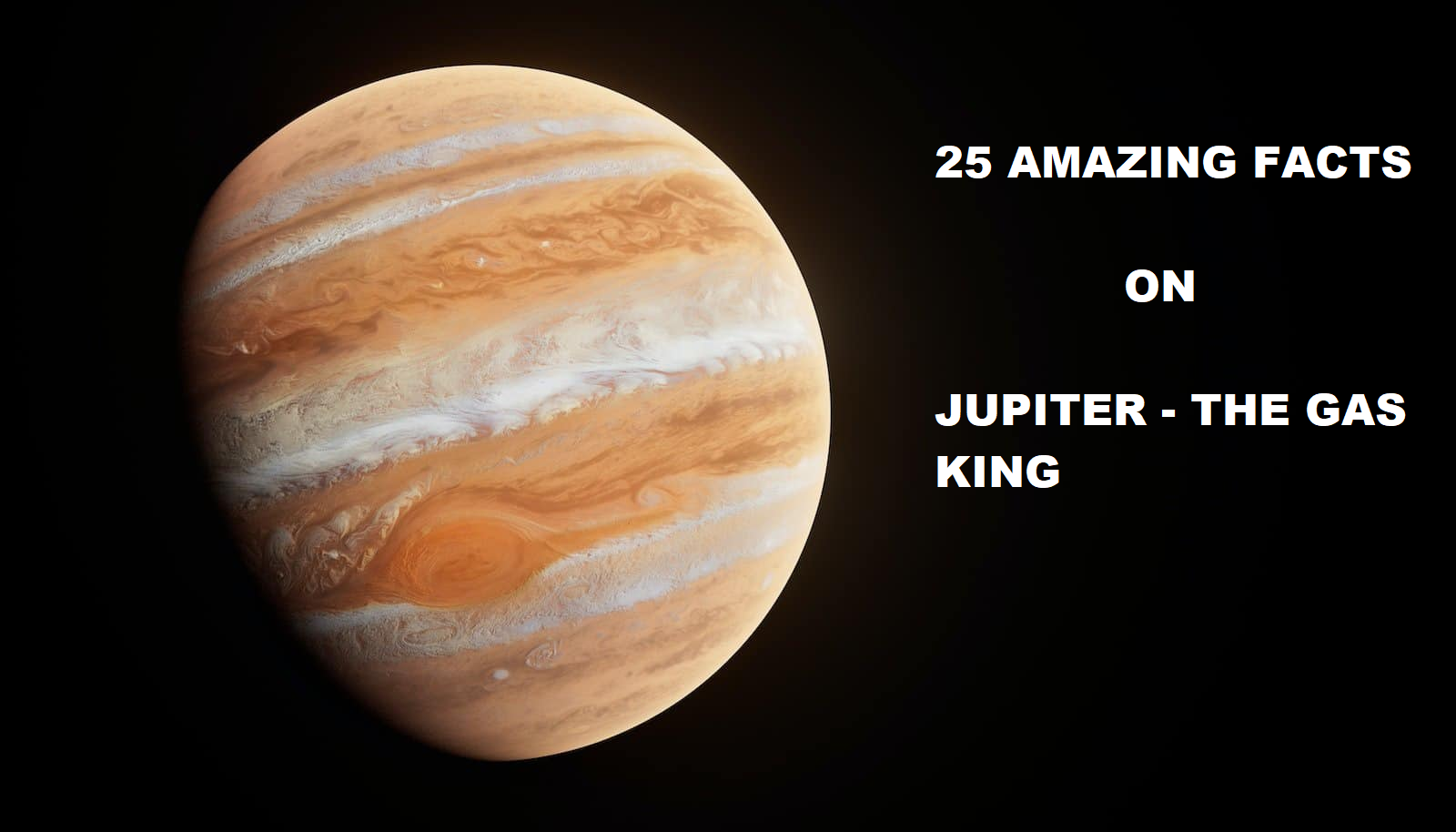Jupiter - The gas giant
Posted by Olympiad Tester on

Fact 1: Jupiter is the largest planet in our solar system, with a diameter of about 86,881 miles (139,822 kilometers).
Fact 2: It is a gas giant, primarily composed of hydrogen and helium, with no solid surface.
Fact 3: Jupiter has a strong magnetic field, more than twice as strong as any other planet in our solar system.
Fact 4: The Great Red Spot, a massive storm on Jupiter, has been raging for at least 350 years, and possibly much longer.
Fact 5: Jupiter has at least 79 known moons, including the four largest called the Galilean moons: Io, Europa, Ganymede, and Callisto.
Fact 6: Ganymede, the largest moon of Jupiter, is also the largest moon in our solar system.
Fact 7: Jupiter's rotation is the fastest among all the planets, completing a day in just about 9.9 hours.
Fact 8: It takes Jupiter about 11.86 Earth years to orbit the Sun.
Fact 9: Jupiter played a crucial role in the early formation of the solar system, influencing the distribution and movement of other celestial bodies.
Fact 10: The Juno spacecraft, launched by NASA in 2011, is currently studying Jupiter and its mysteries, providing valuable data about its atmosphere and interior.
Fact 11: Jupiter's iconic banded appearance is due to its complex and dynamic atmosphere, featuring colorful cloud bands and storms.
Fact 12: The mass of Jupiter is so immense that it significantly influences the orbits of other planets, contributing to the stability of the solar system.
Fact 13: If Jupiter had become about 80 times more massive during its formation, it could have ignited nuclear fusion and become a star.
Fact 14: Jupiter's moon Europa has a subsurface ocean beneath its icy crust, making it a target for potential future exploration for signs of life.
Fact 15: The strong radiation belts around Jupiter make it a challenging environment for spacecraft, requiring careful planning for missions.
Fact 16: The composition of Jupiter is similar to that of a failed star, and it is often referred to as a "failed star" or "gas giant."
Fact 17: Jupiter is so massive that its gravity affects the orbits of nearby asteroids, sometimes redirecting them in the solar system.
Fact 18: The Trojan asteroids, which share Jupiter's orbit, are located at stable points known as Lagrange points, 60 degrees ahead of or behind the planet.
Fact 19: The atmosphere of Jupiter contains various gases, including ammonia, methane, and water vapor, creating its distinct coloration.
Fact 20: Jupiter's strong magnetic field produces intense auroras near its polar regions, similar to Earth's Northern and Southern Lights.
Fact 21: The name "Jupiter" is derived from the king of the Roman gods in ancient mythology.
Fact 22: Jupiter has been observed by astronomers for centuries, with notable observations by astronomers like Galileo Galilei in the 17th century.
Fact 23: The gravity of Jupiter helps protect the inner solar system from potential threats by deflecting or capturing incoming comets and asteroids.
Fact 24: The density of Jupiter is so low that it could theoretically float in water if a water tank were large enough.
Fact 25: Despite its massive size, Jupiter's fast rotation causes it to have an oblate spheroid shape, slightly flattened at the poles and bulging at the equator.
